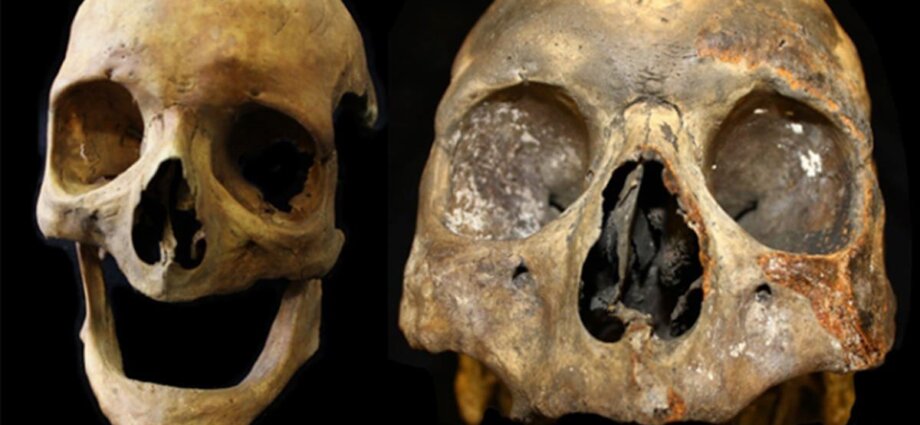Tobacco leaves traces in the bones of smokers lasting not only throughout their lives but for centuries after their deaths, research by archaeologists has revealed.
Researchers from the University of Leicester have studied human remains buried in Britain between the 12th and 19th centuries, revealing the profound impact of tobacco on bones and its link to bone-related conditions, such as an increased risk of fractures.
The study highlights how the introduction of tobacco to Western Europe around 500 years ago led to significant changes in human skeletal structure.

Traditionally, archaeologists relied on dental evidence to determine if a skeleton belonged to a smoker, looking for stains or wear caused by pipe use. But this method often proved ineffective when teeth were missing or did not survive.
The University of Leicester team examined 323 cortical bones, the dense outer layer that gives bones their strength, of known tobacco users and those with unknown smoking histories.
Using mass spectroscopy, the researchers analysed the molecular composition of the bones, identifying 45 distinct molecular features that differentiated the bones of smokers from non-smokers.
The study, published in Science Advances, reads: “Tobacco consumption leaves a metabolic record in human bone distinctive enough to identify its use in individuals of unknown tobacco consumption.
“Archaeological human skeletal remains have the potential to provide direct evidence that can be used to study past pathological and health conditions, including diseases associated with tobacco use.”
Dr Sarah Inskip, a co-author of the study, said: “Our research shows significant differences in the molecular features of bones from past tobacco users and non-users. This finding indicates that tobacco use impacts the structure of our skeletons.
“Our ongoing research aims to understand how these differences emerge, which may have implications for understanding why tobacco use is a risk factor for certain musculoskeletal and dental disorders.”
While the detrimental effects of smoking on soft tissues and organs – such as increased risks of lung, bladder, and throat cancers, as well as stroke and coronary artery disease – are well-documented, the impact on bones has been less studied.
Smoking has been associated with bone-related conditions, including low bone density, an increased risk of fractures, and periodontitis.
This research not only sheds light on the historical prevalence of smoking but also underscores the extensive and enduring impact of tobacco on human health, offering valuable insights into the skeletal consequences of this widespread habit.











